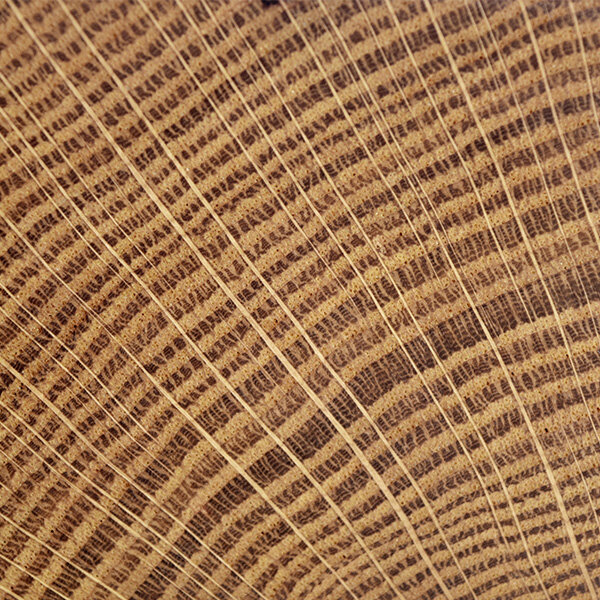It's All About The Wood: Cutting Board Care - Part I
Hello friends! Since I started making cutting boards as gifts a few years back, their popularity has grown, and I wanted to share a few tips and tricks to keep any wood cutting board in great condition.
On more than one occasion, I have had people ask me how my cutting boards always look so new. “You probably just make yourself a new one every week” they joke, but that’s not true. I have had the same cutting board for over 2 years — it’s one of the first ones I made. Now yes, it has seen some abuse, and it does have some battle scars, but when you consider that my wife and I use it daily, that is to be expected. So how do I keep my cutting board in such good shape?
With anything that you buy, if you take care of it, it is going to last longer. The same can be said for wood products — anything from a small trinket to a piece of furniture. For any wood cutting board available, there are three major factors to keeping it in top shape:
Maintenance
Proper Use
Knife Selection
Before getting into these three factors, let’s step back for a quick minute and talk about wood. Yes, wood: we all have it, we all experience it, and we all use it in on a daily basis. I could go on for days about moisture content, wood grain patterns, the way wood is cut vs. its stability, different species and their advantages, and so on. (Just ask my wife.) For today’s purposes, we’re just going to talk about wood grain, or more specifically, its make-up. For simplicity I’ll reference a common wood here in the Northeast: oak.
Below, we have an image of the face and end grain of a reclaimed oak table top I made for my office.
Oak - Surface Grain
Oak - End Grain
Now let’s look closer at the end grain.
Oak - End Grain, Magnified 10X - Source: www.wood-database.com
You may have noticed that the wood appears to have a bunch of holes in it, and you wouldn’t be wrong. Going back to high school biology, these are the vascular tubes. When the tree was alive, these tubes carried important nutrients and water to its leaves, allowing the tree to grow year after year.
So what does a picture of some vascular tubes have to do with care and maintenance of a cutting board? When wood is cut, either parallel or perpendicular to the grain, we actually cut through these tubes. This is what we see as the grain of the wood. Now as smooth as the surface may feel to the touch, on a more intimate level, the wood surface is rough and porous; it has holes in it.
Now let’s get back to our three major factors of maintenance, proper use, and knife selection as they relate to our cutting board’s appearance and longevity. Today, we’re going to focus on maintenance.
Maintenance
Maintaining a clean and conditioned cutting surface is essential for the safety and longevity of any natural wood cutting board. You need to maintain a barrier between your food and the wood fiber. To achieve this, you will need two products: a quality mineral oil and a butcher block conditioner
Mineral Oil
Mineral oil is a liquid, so it will evaporate and wear off over time. Depending on use and household conditions, a quality Mineral Oil should be applied at a minimum of once a month. (All you foodie friends who cook every night should be applying it more often!)
Butcher Block Conditioner
For added protection, apply a Cutting Board / Butcher Block Conditioner on a more regular basis — after every few uses. You will know your board needs some attention when it begins to look weathered. The raised areas of the grain closest to the surface will look lighter, while the deeper areas will remain darker, indicating the board needs conditioning.
The oil and conditioner create a barrier that settles into the grain, penetrates the wood, and helps to better maintain a constant moisture level in the board.
Keeping the surface treated also helps with knife marks. When a board is properly conditioned, it tends to self-heal after each cut. This isn’t to say you won’t get knife marks, but conditioning your board will reduce their severity and frequency. You should also be using a high-quality knife — something we’ll discuss in the next blog post.
Here’s a picture of my board after not being conditioned for a month.
Here, the right half has been given a fresh wiping of conditioner.
Here it has been completely recoated, including the bottom!
Satisfying, isn’t it? Applying the conditioner is like watching the wood come alive again. Maintain your board properly, and it will look its best and provide you with the best performance for many years. Next time, we’ll talk more about the other two elements of cutting board care: proper use and knife selection. I’m off to go use my cutting board and make myself a snack! We have apples and caramel waiting in the kitchen.






